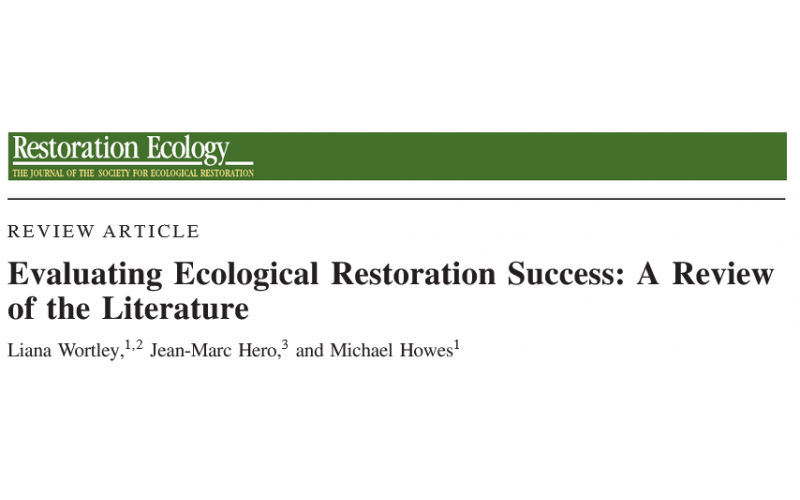Assessing the success of ecological restoration projects is critical to justify the use of restoration in natural resource management and to improve best practice. Although there are extensive discussions surrounding the characteristics that define and measure successful restoration, monitoring or evaluation of projects in practice is widely thought to have lagged behind. We conducted a literature review to determine trends in evaluations of restoration projects and identify key knowledge gaps that need to be addressed. We searched the Web of Knowledge plus two additional restoration journals not found in the database for empirical papers that assessed restoration projects post‐implementation. We quantified the extent that key attributes of success, including ecological (vegetation structure, species diversity and abundance, and ecosystem functioning) and socioeconomic, were addressed by these papers along with trends in publication and restoration characteristics. Encouragingly, we found the number of empirical evaluations has grown substantially in recent years. The increased age of restoration projects and number of papers that assessed ecological functions since previous reviews of the literature is also a positive development. Research is still heavily skewed toward United States and Australia, however, and identifying an appropriate reference site needs further investigation. Of particular concern is the dearth of papers identified in the literature search that included any measure of socioeconomic attributes. Focusing future empirical research on quantifying ecosystem services and other socioeconomic outcomes is essential for understanding the full benefits and costs of ecological restoration and to support its use in natural resource management.

